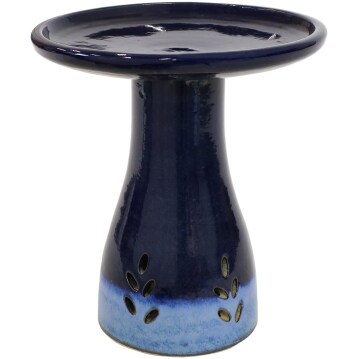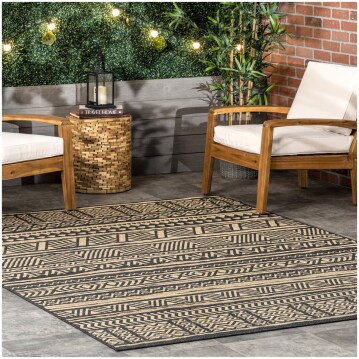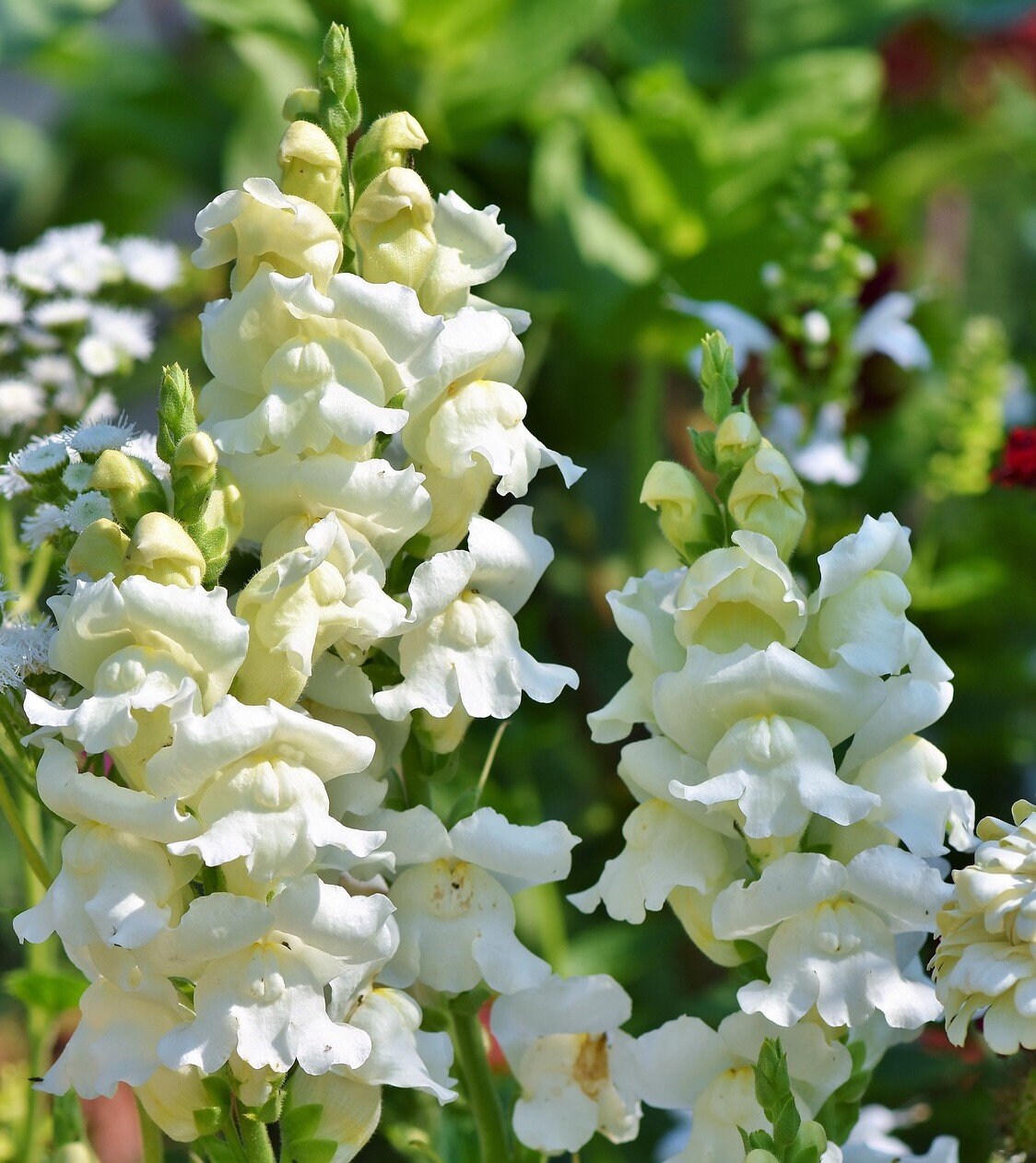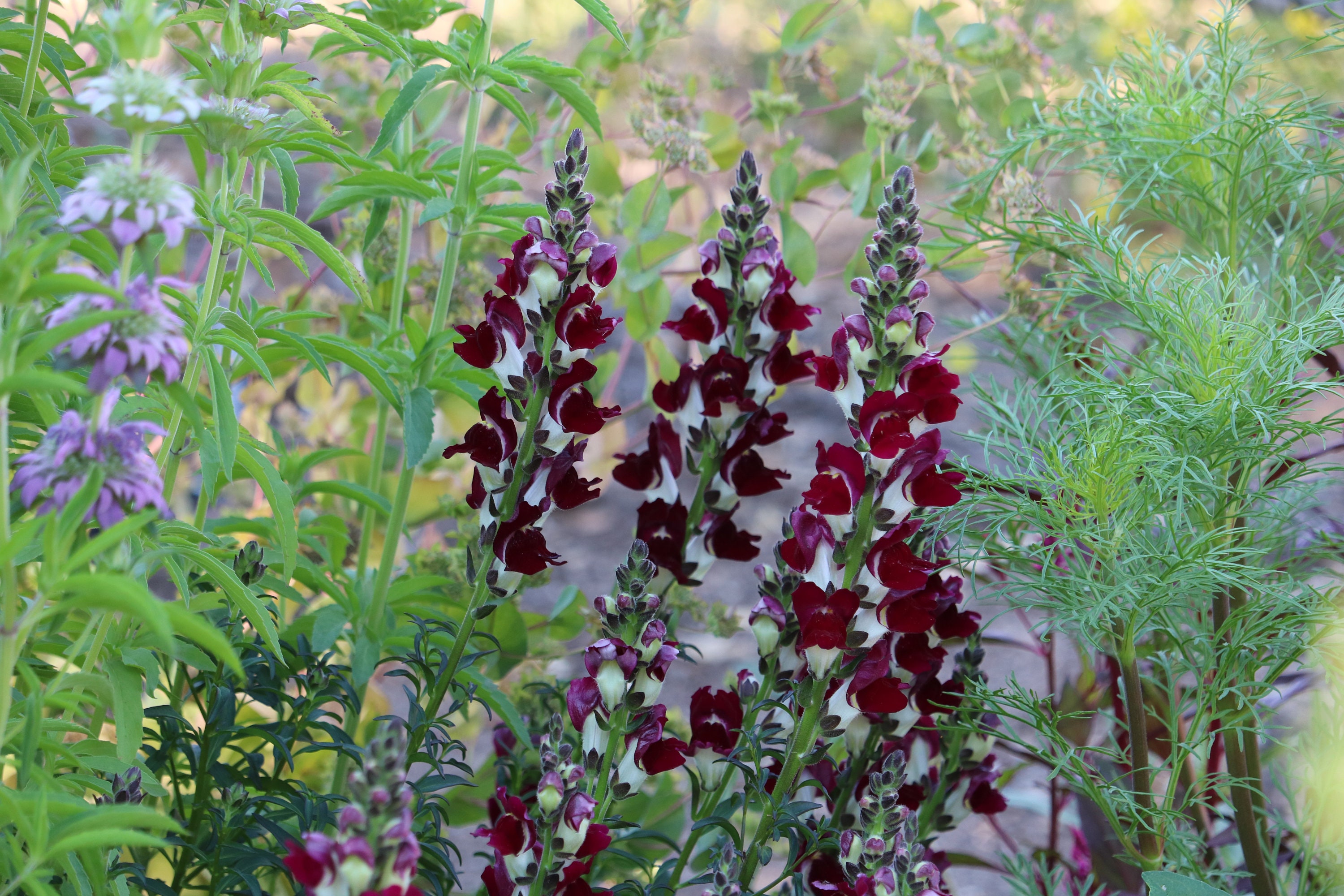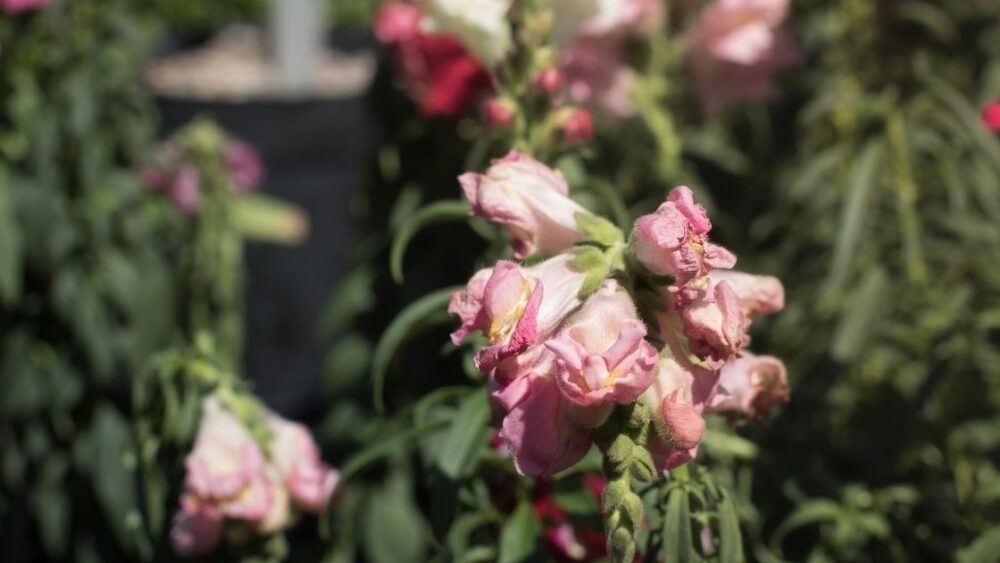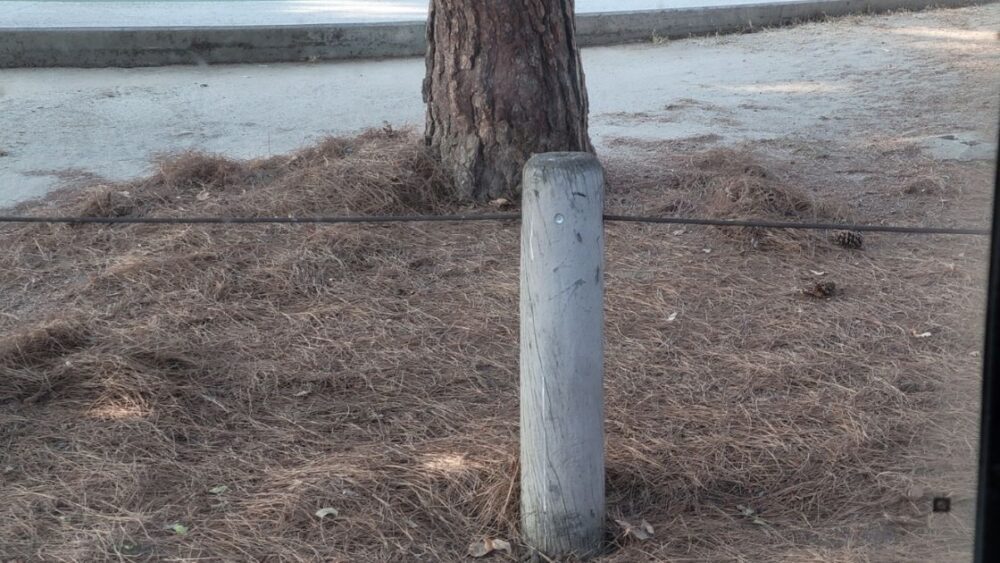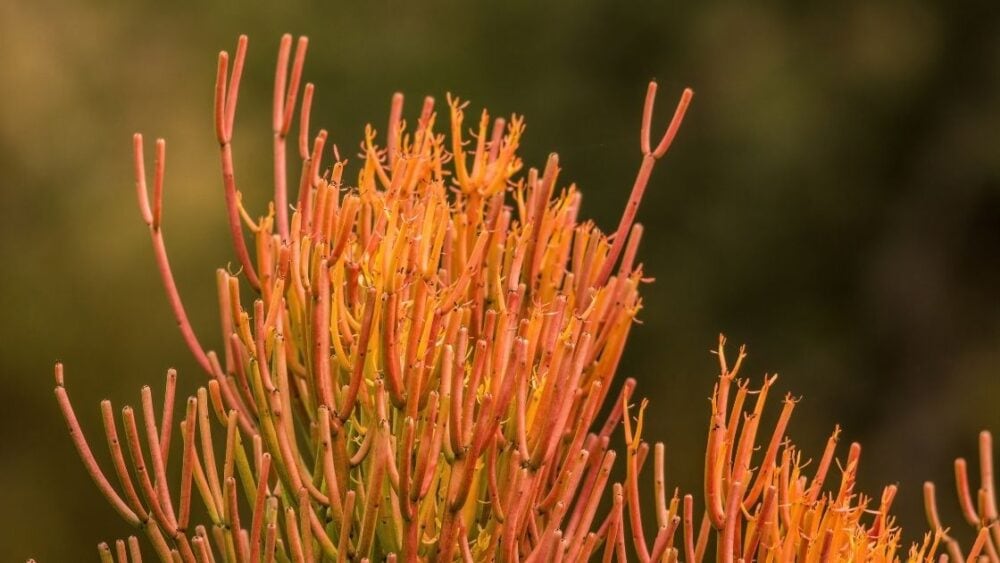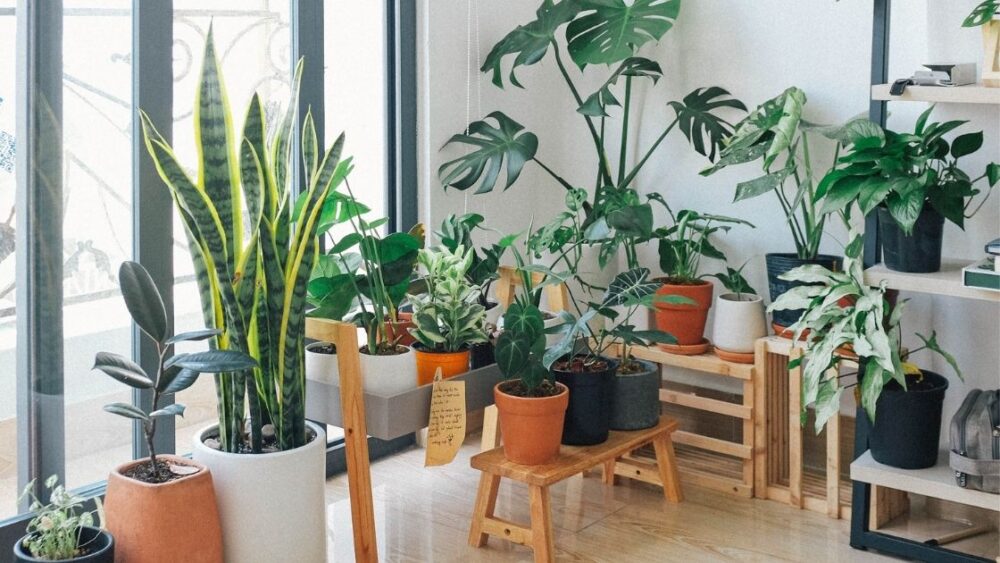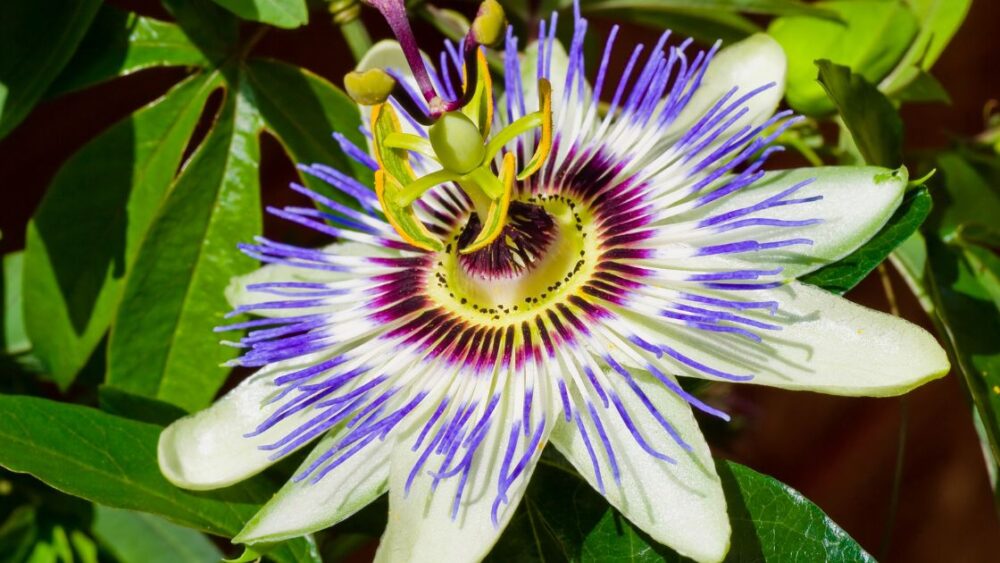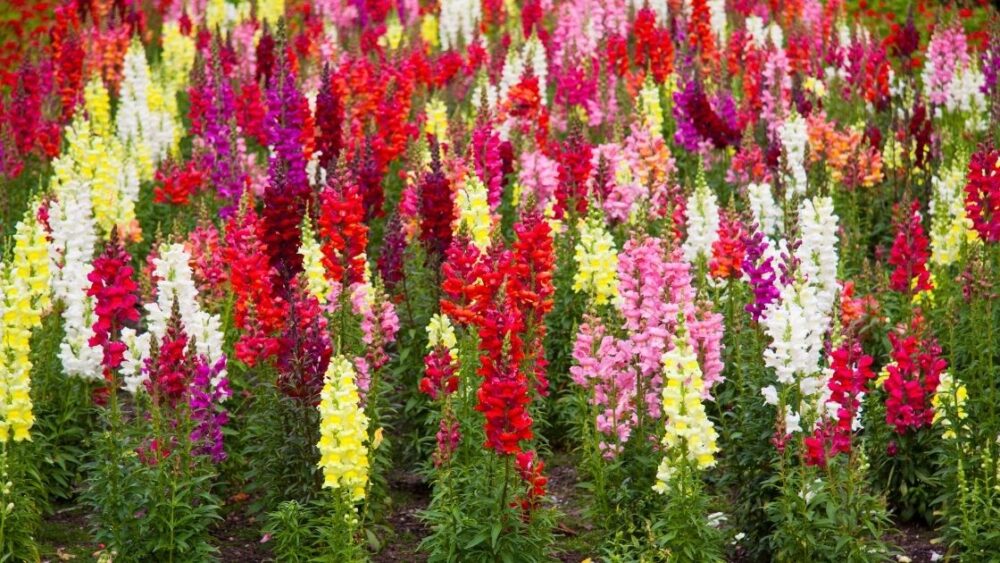
Snapdragon is a versatile plant with varying colors and styles: the plant has varying colors aside from blue. The plant is unique because it has varying heights compared to other plants: snapdragons come in numerous heights, from a couple of inches tall to 4 feet. There are tall and short variations essentially in the middle. Planters have played with snapdragons for quite a long time, and they serve as great filler plants for compartments and containers.
These properties are essential in choosing the right snapdragon for your garden. Aside from this, the plant balances the garden with the stunning color that rhymes with the existing garden collections. The season matters when you consider planting snapdragon; the plant does better when you plant in the early summer planting season – the plant blooms perfectly at this time.
Snapdragon Overview
The name “snapdragon” was derived from the structure and shape of the plant. The plant, from the shape, looks like the snout of a dragon. The plant is not a long-life garden plant but a perennial plant with several uses. Snapdragon is perfect for decoration and gifting.
Browse our Affiliate Products
The bright snapdragons blossoms sprout beautifully through excellent weather conditions, are strongly immersed colors, and are genuine champions in the spring. The blossoms begin sprouting at the lower part of the tail and gradually move up, making for an extensive blossom stretch. Although snapdragons often quit blossoming in mid-summer, assuming you keep them watered, they will liven up and bring your nursery through the fall. Snapdragon is naturally adaptable to some conditions; its survival rate is higher than most plants. In fact, you need little effort as a gardener to grow the plant effectively.
Snapdragon Common Problems
Although the plant has many advantages, there are some easy-to-fix problems with snapdragon. You simply have to figure out what you are doing wrong.
Few flowers and wilting problems
It is easy for snapdragon to lose almost all the leaves and flowers if exposed to more sunlight. Although the plant needs considerable light, it should not be more than usual. When you realize that the light is getting too much, you can move the plant to a less sunny area or shaded part so that the plant can cool off and bloom better. Yes, snapdragons bloom better in the summer; ensure you play your part by placing the plant in sunlight at the appropriate measures.
Snapdragon rust
Snapdragon rust causes brown and yellow colors like a speck on the leaves. Snapdragon rust is a fungal disease that may cause an even darker and enlarged color blemish on the leaves: the brown and yellow parts tend to grow more prominent if you do not properly care for the plant. And at the end, they put your plant irrelevant to use or display. The best way to prevent snapdragon is to stop the rust before it starts. The fungal disease comes with frequent watering and less air circulation within the root and soil system. Ensure you have the plant’s best soil, encourage a drainage system, and avoid watering the plant at night.
Overload and fall off
Snapdragon is a full plant that falls off when it is top-heavy. The upper part of the plant may be so full that the stems and roots may not support the weight. The simple way to tackle this is to assist the plant: get some support that keeps the plant standing.
Aphids and spider mites
The plant produces some substances that attract aphids and spider mites. When you notice that these insects surround the plant, make sure you get rid of them with an insecticide that does not cause any harm to your plant. Also, check some hidden places for spiders and other related insects because they always find a hiding place around the plant.
If you have a problem with aphid and roses, check out this article: How do I keep aphids off my roses?
Snapdragon general information and care
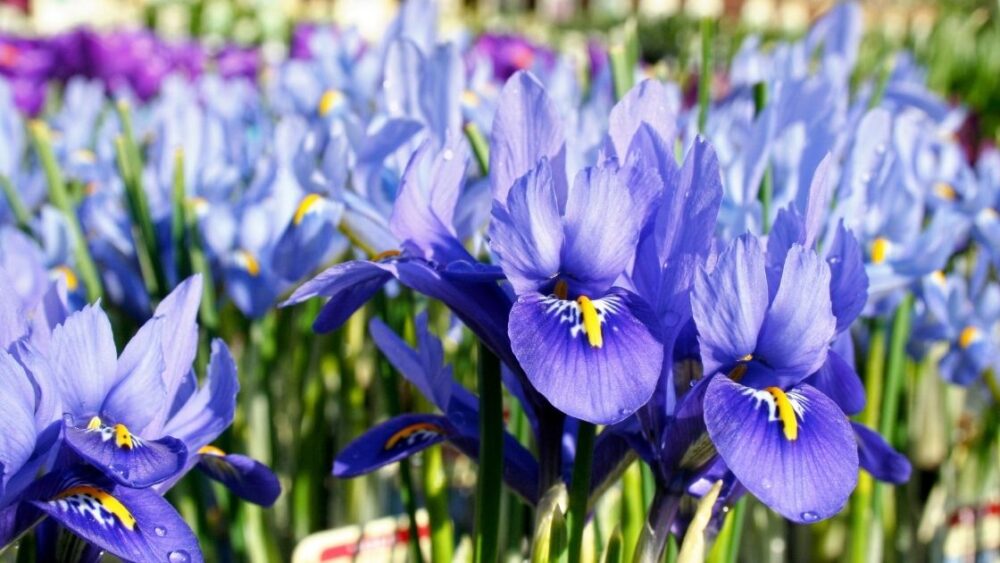
- Common Names: snapdragon, dog’s mouth, lion’s mouth, toad’s mouth
- Scientific name: Antirrhinum majus
- Growth cycle: grown as annuals everywhere
- Sun: full sun, part shade
- Watering: once a week (if the top inch feels dry before a week has passed, water sooner)
- Adult size: 6–48 in. wide (depends on variety), 6–12 in. across
- Planting zones: 7–11 (USDA)
- Weather hardiness: cooler temperatures
- Propagation: cuttings, root division, and seed.
- Toxicity: non-toxic
- Dormancy: summer
- Soil: Rich, moist, well-draining
- Bloom: spring to fall; may slow down in mid-summer
- Fertilization: 6 to 8 weeks
Do Snapdragons do well Indoors
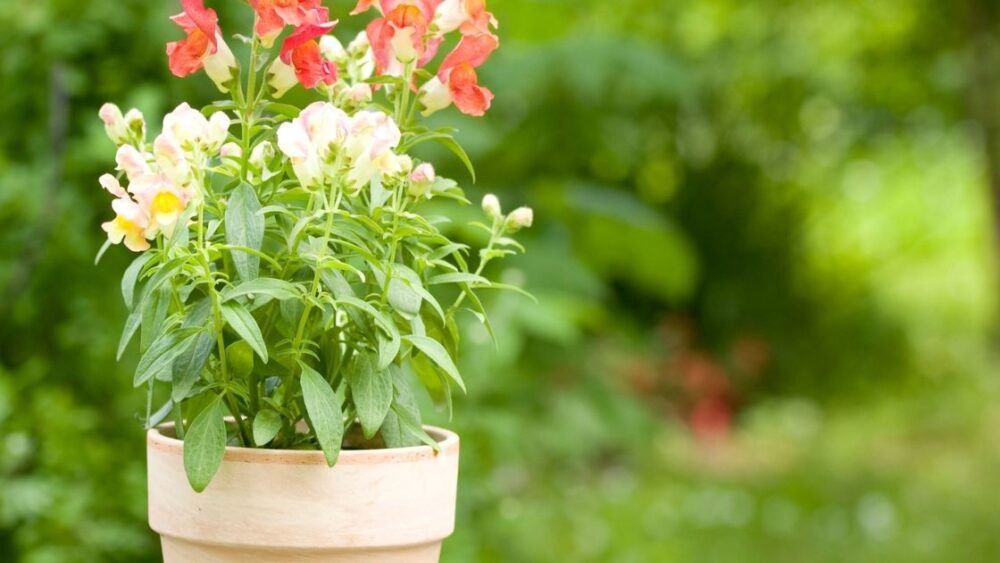
Yes, you can indeed grow snapdragons indoors, but like some houseplants, they do require direct sunlight for at least 5 hours for growth and flower. When grown in pots and planters, they should be provided with well drained soil and watering should be performed based on soil moisture conditions. In other words, if the soil is dry, apply water. If the soil is moist, no water is required.
If your having potting problems in self water containers, check out this article. Do self-watering pots cause root rot and other issues?
Conclusion
Snapdragon is among the plants every gardener dreams of having in their garden collections. Snapdragon is non-toxic: to man or animal. You can explore the plant anytime; it does not cause rashes or irritation. Snapdragon is safe to place indoors, only that you should look out for aphids and spider mites.

